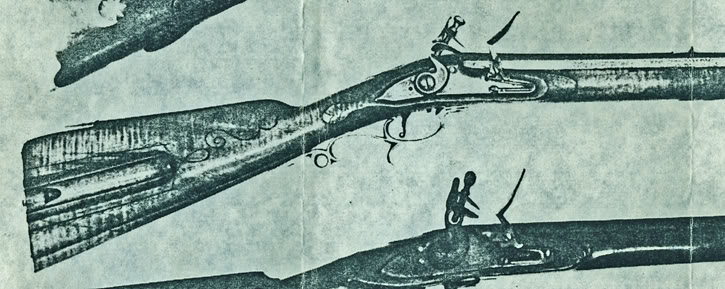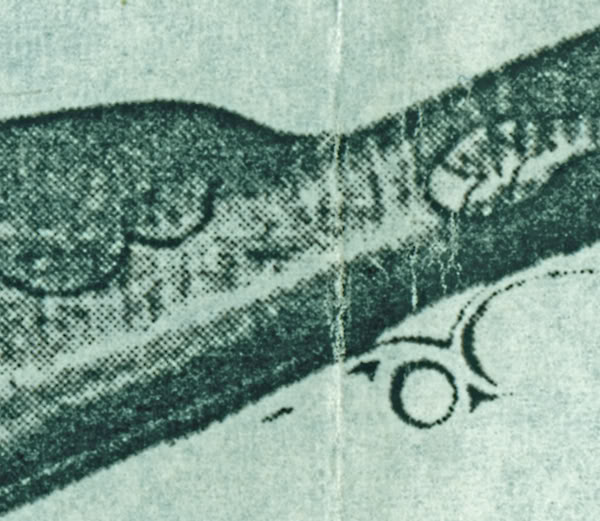54ball said:
My thoughts are what many consider to be evolutionary steps may simply be a matter of styling and fashion.
For instance my present opinion (it may change) is I really do not believe in a "Transitional Kentucky". The missing link between the Jeager and the longrifle.
The following information may support your hypothesis, as rifles with longer than more common "Jaeger length barrels" were imported pretty early into Pennsylvania.
In 1730 [Caspar] Wistar established a trade connection with Georg Friedrich Hölzer, a family friend in the Palatinate.
He ordered goods from Germany, which were then transported by German immigrants in their personal belongings in order to avoid British duties and then sold in his shop in Philadelphia. Using the immigrant transportation system for illicit trade was quite common among non-British immigrants at the time since the restrictions and duties imposed by the Navigation Acts were prohibitive. Although nowhere near as profitable as his land speculation, Wistar’s trade in imported commodities from the Rhine and Neckar Valleys represented an important step in his entrepreneurial and personal affairs. Establishing himself as the main supplier in an emerging market, he was able to furnish his fellow immigrants with specialized services since the items he imported (knives, scissors, needles, brass and iron goods, copper kettles, mirrors, eyeglasses, tobacco pipes, ivory combs, lace,
and custom-made rifles) were not readily available in the colonies at the time. He only ordered high quality items and managed to attain market dominance in rifles by making sure his source in Germany was kept secret."
https://www.immigrantentrepreneurship.org/entry.php?rec=1
“Many gunsmiths may have spent much of their time repairing guns rather than creating new ones. There had long been a steady stream of imported guns into colonial America. Caspar Wistar imported German rifles in the 1730s and 1740s,
asking his supplier to tailor them for the American market, where consumers “prefer rifles with barrels that are three feet and three to four inches long[26]
[26] Caspar Wistar to Georg Friederich Hölzer, October 1, 1737, in Rosalind Beiler, Immigrant and Entrepreneur: The Atlantic World of Caspar Wistar, 1650-1750 (University Park: Pennsylvania State University Press, 2008), 145-146.”
https://www.immigrantentrepreneurship.org/entry.php?rec=180#_edn26
Note: The rifle barrel lengths mentioned above were 39 to 40 inches long, not quite the 42 to 46 inch lengths they would eventually grow to, but longer to much longer than many traditional German Jaeger or Hunting rifles.
“Caspar Wistar (1696-1752), who immigrated to Pennsylvania in 1717, imported more than ï¬fty rifles, many especially tailored for the American market, from gunsmiths in Suhl and Rothenberg between 1731 and 1745.”
From: JOHANN ANDREAS ALBRECHT: MAKING RIFLES IN EIGHTEENTH-CENTURY MORAVIAN ECONOMIES
Scott Paul Gordon
Gus







